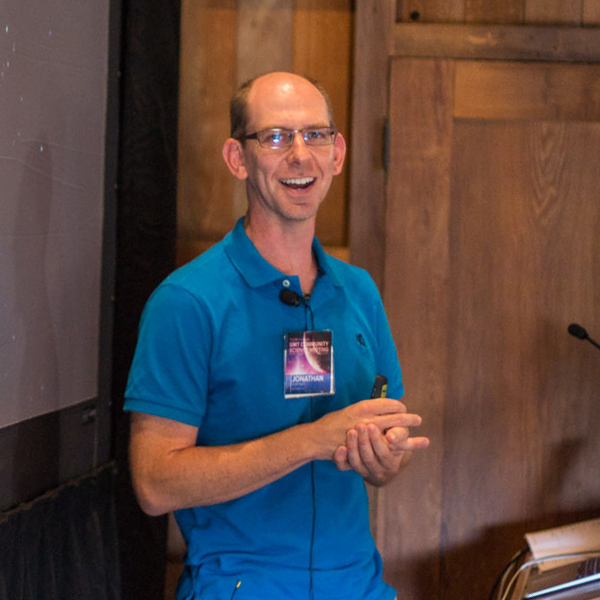
Jonathan Fortney
OWL Director
Professor
Department of Astronomy and Astrophysics
University of California, Santa Cruz
I am interested in planetary physics, chemistry, and composition. In exoplanets, I model planetary atmospheres, interiors, and thermal evolution, and I work closely with observers to interpret new data sets. This work includes transiting planets, directly imaged planets, and brown dwarfs. I was a member of the Kepler Science Team during its prime mission. In the solar system I work on models of the interior structure of giant planets and I am a member of the Science Team for the Cassini Mission at Saturn.
jfortney at ucsc dot edu

Natalie Batalha
Professor
Department of Astronomy and Astrophysics
University of California, Santa Cruz
I am interested in understanding the characteristics of the exoplanet population. This includes analyzing data from transit surveys, following up these planets with radial velocity and direct imaging observations, and obtaining spectra of the atmospheres of these planets with future space telescopes like JWST.
Natalie.Batalha at ucsc dot edu
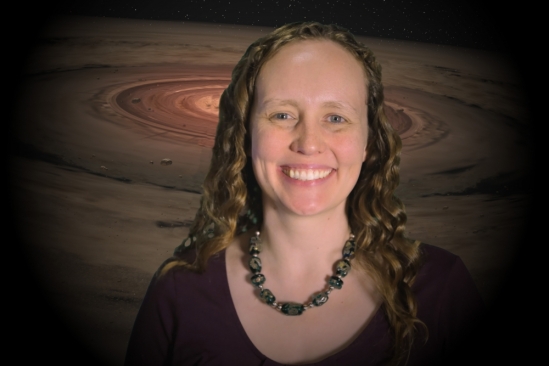
Ruth Murray-Clay
Associate Professor
Department of Astronomy and Astrophysics
University of California, Santa Cruz
I study the formation and evolution of planetary systems, including the solar system. I am particularly interested in planetary dynamics, planet formation, evolution of planetary atmospheres, the solar system's Kuiper belt, and the structure of disks orbiting young stars.
rmc at ucsc dot edu
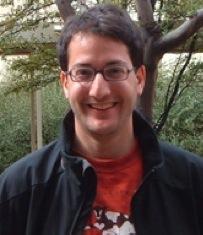
Andrew Skemer
Assistant Professor
Department of Astronomy and Astrophysics
University of California, Santa Cruz
My work involves characterizing the atmospheres of exoplanets and searching for new ones with adaptive optics imaging and spectroscopy. To this end, I develop novel instrumentation and observational techniques to improve our ability to see very faint planets near their bright host stars. I am particularly interested in instrumentation that expands our ability to image exoplanets at a variety of wavelengths and spectral resolutions.
askemer at ucsc dot edu
Francis Nimmo
Professor
Department of Earth and Planetary Sciences
University of California, Santa Cruz
I am interested in how planets and satellites have evolved to their current states, and what explains the planetary diversity we see. For instance, why are Enceladus and Io geologically active, but not Mimas or Callisto? Why do the Earth and Ganymede possess magnetic fields at the present day, while Mars and Europa do not? Why is Pluto so geologically active? To answer questions like these requires a combination of present-day observations and geophysical models.
fnimmo at es dot ucsc dot edu

Xi Zhang
Assistant Professor
Department of Earth and Planetary Sciences
University of California, Santa Cruz
My primary interest is planetary climate. The goal of my research is to develop a fundamental understanding of the planetary climate system from observational, theoretical and modeling work. My philosophy is that every planet occupies a unique niche of the parameter space in the planetary climate theory, in which they share the same fundamental principles. I am interested in many topics on atmospheric science, including fluid dynamics, spectroscopy, chemistry, cloud microphysics, and radiative transfer, that provide me multiple perspectives to view the complicated climate systems on solar system planets, extra-solar planets and brown dwarfs.
xiz at ucsc dot edu
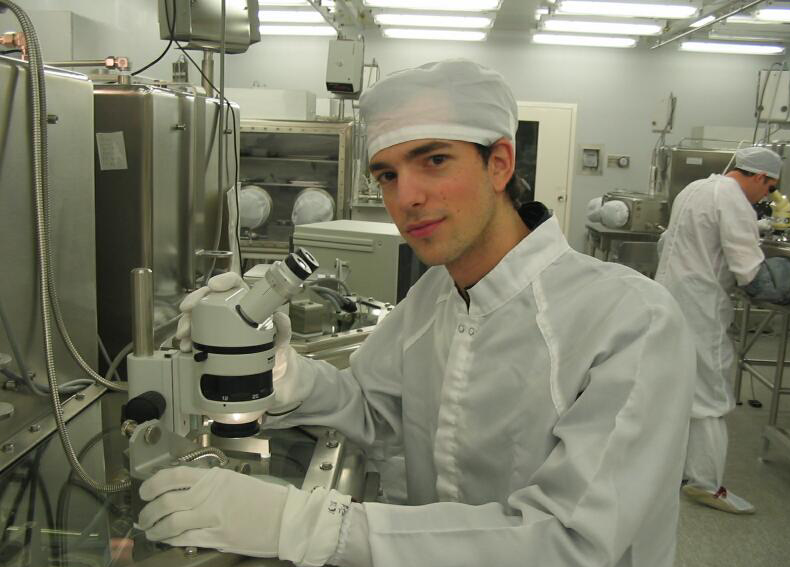
Ian Garrick-Bethell
Associate Professor
Department of Earth and Planetary Sciences
University of California, Santa Cruz
I am interested in using paleomagnetism and spacecraft measurements of gravity, topography, and magnetic fields to understand the geologic and geophysical history of solar system bodies. I am also a visiting scholar at Kyung Hee University, which is playing a key role in South Korea's first robotic mission to the Moon.
igarrick at ucsc dot edu
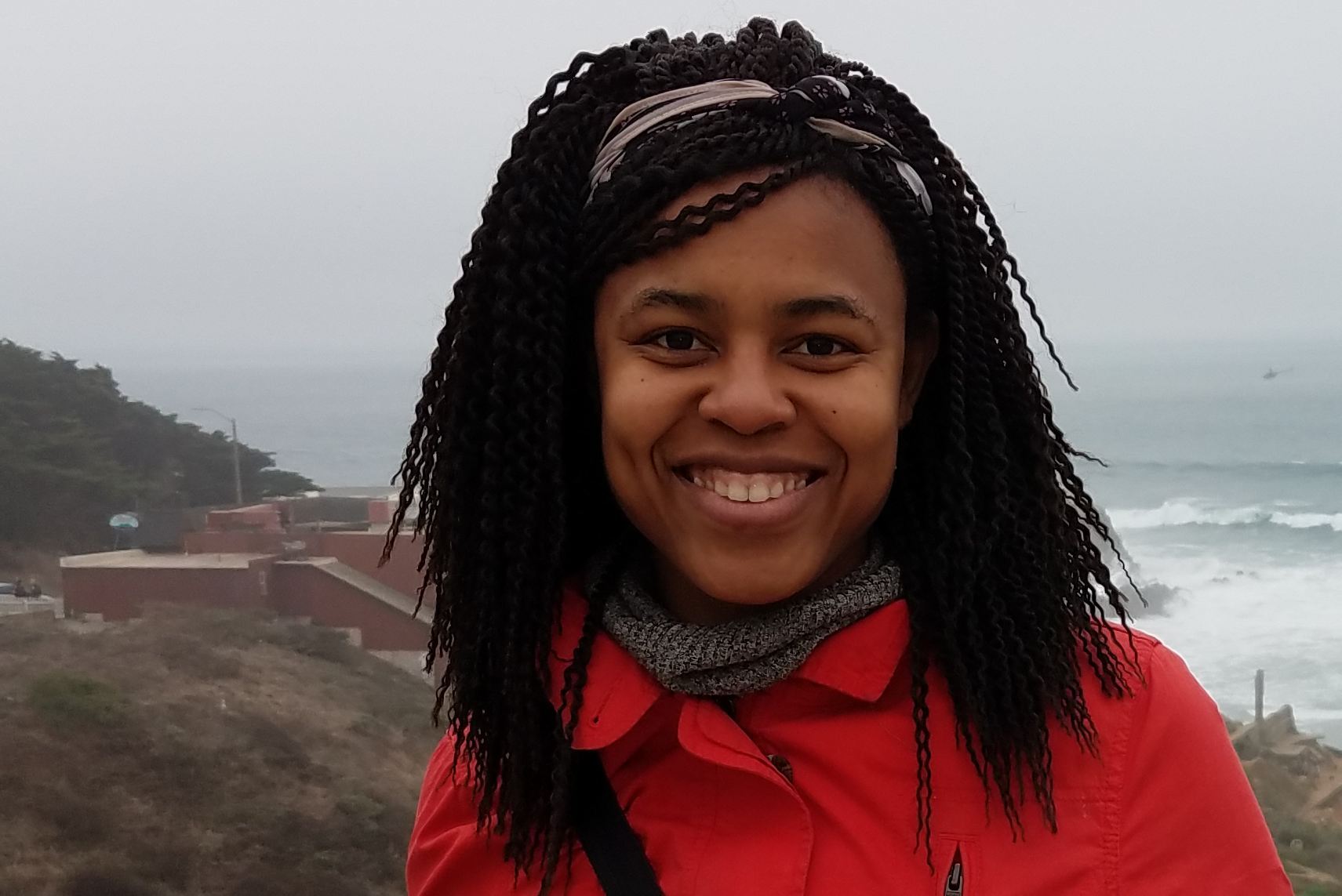
Myriam Telus
Assistant Professor
Department of Earth and Planetary Sciences
University of California, Santa Cruz
I use petrological and chemical analyses of meteorites to understand the timing and conditions of solar system formation. I'm especially interested in the sources and abundances of short-lived radionuclides, the chemical evolution of the protoplanetary disk, and the accretion and early evolution of planetesimals.
mtelus at ucsc dot edu
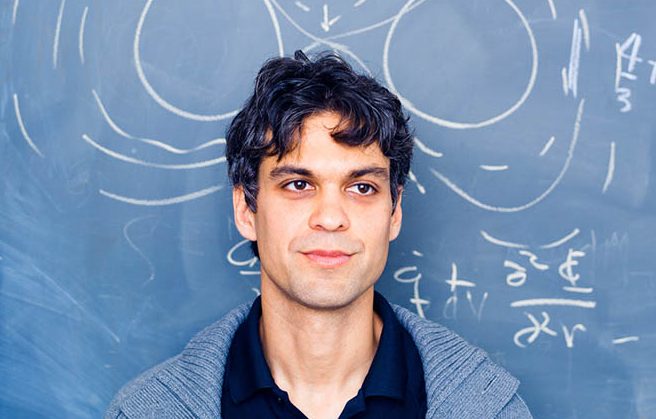
Enrico Ramirez-Ruiz
Professor
Department of Astronomy and Astrophysics
University of California, Santa Cruz
My research focuses on the violent universe with an emphasis on stellar explosions, gamma-ray bursts and accretion phenomena. I am particularly interested in understanding the physical processes that govern accretion onto relativistic objects such as black holes and neutron stars.
enrico at ucolick dot org
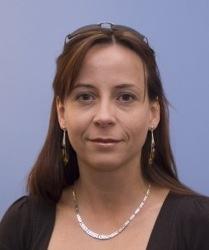
Pascale Garaud
Professor
Department of Applied Mathematics
University of California, Santa Cruz
I am a specialist in astrophysical fluid dynamics and magnetohydrodynamics. My work is dedicated to improving our current understanding of how fluid flows, on small and large scales, influence the structure and evolution of stars and planets.
pgaraud at soe dot ucsc dot edu

Philip Hinz
Director, Laboratory for Adaptive Optics
Center for Adaptive Optics
University of California, Santa Cruz
I am an astronomer, by training, who enjoys designing and building the equipment for astronomical observations. I specialize in optical interferometry, adaptive optics, and infrared instrumentation. My motivation for delving into these topics is often questions related to planets around other stars. Studying Earth-like planets around our stellar neighbors is one of the defining challenges of our field. I like thinking how we might one day achieve that.

Douglas N. C. Lin
Professor Emeritus
Department of Astronomy and Astrophysics
University of California, Santa Cruz
The theory of planetary formation and evolution is a natural area for me to focus my research activities for several reasons. First, we are currently in the midst of a revolution in the search for exoplanets. These valuable data drive theorists like myself to explore new ideas to account for the ubiquity of planets and diversity of planetary systems. My goal is to construct a unified theory which can explain the statistical properties of planetary systems.
lin at ucolick dot org

Rebecca Jensen-Clem
Associate professor
Department of Astronomy and Astrophysics
University of California, Santa Cruz
I develop new technologies and techniques for extreme wavefront control in order to directly image faint exoplanets within a few diffraction widths of bright, nearby stars. Currently, my adaptive optics work includes on-sky development at the Keck II AO system, lab development at the Santa cruz Extreme Ao Lab (SEAL, PI: Jensen-Clem), and simulation development for upcoming instruments including PSI.

Bruce Macintosh
Bruce Macintosh
Director of UC Observatories
Department of Astronomy and Astrophysics
University of California, Santa Cruz
My research focusses on the study of extrasolar planets, in particular the study of such planets through direct imaging, and on using adaptive optics to shape the wavefronts of light for a variety of applications. Direct imaging of extrasolar planets involves blocking, suppressing, and subtracting the light of the bright parent star so that a planet hundreds of thousands of times fainter can be seen and studied in detail.
